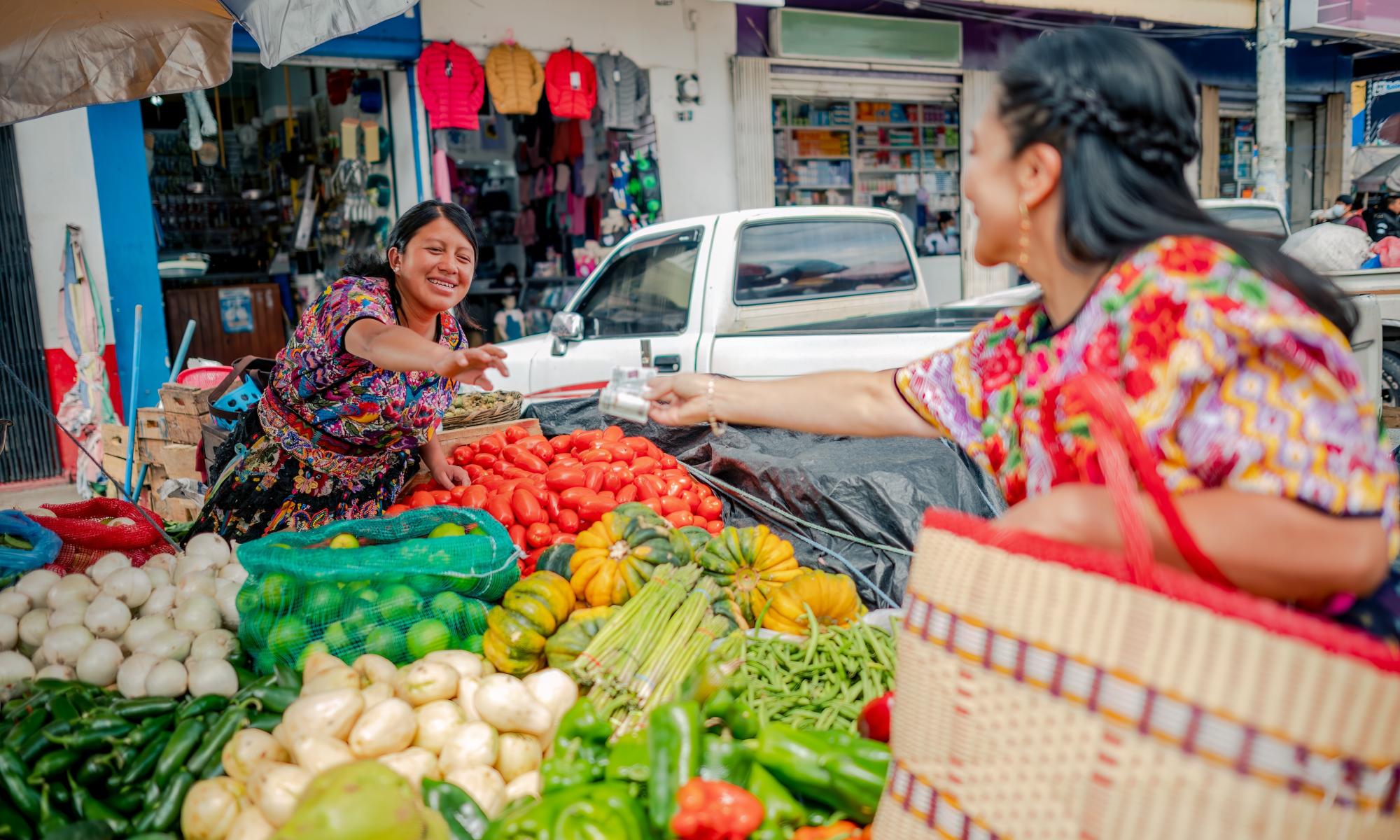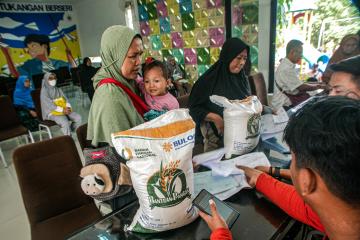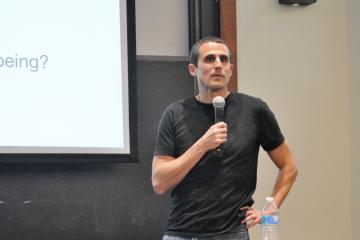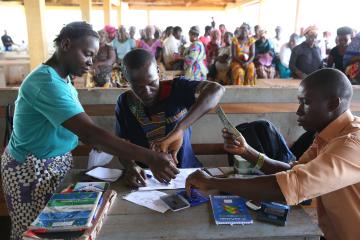
A dual strategy to alleviate poverty: Attaching conditions to cash transfers can provide immediate financial assistance while helping families invest in their children's future.

Governments and funders should consider conditional cash transfers as a way to improve specific outcomes like children's health and education, while also reducing poverty. Requiring recipients of cash transfers to meet certain conditions, like visiting health clinics regularly or sending kids to school, helps set the future generation up for success.
Policymakers should invest in health and education infrastructure and services, alongside conditional cash transfers, to maximize impact. It can be difficult for recipients to meet conditions when vital basic services are inadequate. Quality services are important to ensuring conditions are worthwhile and feasible for recipients.
When low-income families receive cash assistance after they take certain actions to support their kids’ health and education, the whole household is often better off. Conditional cash transfers (CCTs) provide immediate financial assistance to families in need while requiring them to invest in the health and education of their children. Most often, cash is provided on the condition that children complete regular health checkups or attend school. Providing families with immediate support while encouraging them to invest in their children can help families break the cycle of poverty.
CCTs, pioneered by low- and middle-income country (LMIC) governments, have become a mainstay of social assistance programs. CCTs were first developed in Mexico and Brazil in the 1990s. Now, over sixty governments use this model. In many countries—including Colombia, Honduras, Indonesia, Mexico, Nicaragua, Philippines, and Tanzania—randomized evaluations of CCT programs were conducted early on. There are now hundreds of rigorous evaluations examining their impacts. And they often work.
In the short term, CCTs help combat poverty and support children. Children in families who receive CCTs are more likely to be enrolled in school. Families are more likely to practice healthy behaviors and their children experience some positive changes in health and nutrition, such as improved height-for-age. The impacts of CCTs on other child health outcomes are somewhat varied, which may be partly explained by inadequate health service provision. Recipients aren’t any more likely to spend the cash to purchase items like alcohol or cigarettes, nor do they work less.
In the long term, CCTs can help people build skills and education for the future. Some studies show lasting positive impacts—even a decade or more later. In Mexico, a study followed up with families twenty years after they received transfers at pivotal ages for their children. Recipients who were infants at the time of the transfer were more likely to complete secondary school and some university studies, setting them up for higher future incomes, compared to children whose families received CCTs 18 months later. Children who were transitioning from primary to secondary school when their families received transfers experienced higher incomes twenty years later. By ensuring families’ investments in education and health, CCTs can be a key tool for policymakers to lay a foundation for future success.
Cost and design considerations
Conditional and unconditional cash transfers (UCTs) are both evidence-based tools. The choice between them depends on the context and intended goals. Over the last two decades, UCTs—cash transfers without conditions—have also become a popular and well-studied policy tool to reduce poverty. While UCTs give people the freedom to spend the cash as they wish (and research shows they spend it wisely), UCTs tend to be less effective when it comes to promoting specific policy goals like children’s health.
CCTs have an added cost of monitoring compliance. Both CCTs and UCTs have costs associated with determining eligibility, targeting intended recipients, and delivering the transfer. CCTs also involve the cost of monitoring recipients’ compliance with conditions, which can vary based on the design and strictness of the system used. CCTs can be challenging to implement in contexts with limited capacity for conditions to be monitored or enforced.
Education and health care quality matters. While CCTs incentivize families to practice healthy behaviors and send their children to school, they might not have the intended impacts if the quality or availability of these services is poor. Some programs strengthen the supply of services alongside implementing conditions. Though these are less common, they may help improve outcomes.
Enforcing conditions may not always be necessary. While conditions help policymakers achieve specific health and educational goals, strict enforcement can deny assistance to people who could benefit from the program but cannot comply. To sidestep this tradeoff, policymakers could consider a labeled transfer program that swaps the condition with a nudge to encourage, rather than require, families to invest in their children's health and education. A study in Morocco found higher school enrollment rates among students who received a cash transfer that was simply labeled as an education support program, compared to one with firm conditions. While less evidence exists on this approach, policymakers can continue to test and evaluate variations of CCTs to find the best fit for their specific context.
Education and health care quality matters.
The role of LMIC governments
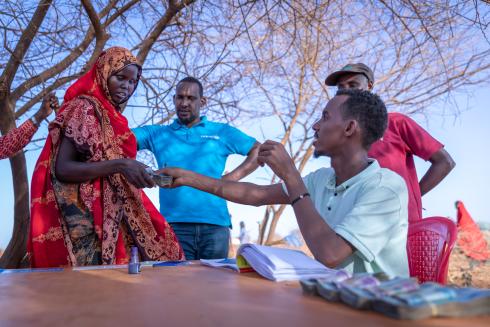
LMIC governments pioneered national and large-scale CCTs. Mexico and Brazil were early innovators of CCTs in the 1990s, with government-led flagship programs PROGRESA and Bolsa Família. Brazil’s Bolsa Família is now the largest CCT in the world, supporting over 46 million vulnerable Brazilians every year. Many governments have followed suit to roll out CCTs and conduct rigorous studies. Today, over sixty governments around the world implement variations of CCTs.
LMIC governments play a leading role in generating rigorous evidence by partnering with researchers to test, adapt, and learn from different models. In Mexico, right from the start, program officials partnered with the International Food Policy Research Institute to embed a randomized evaluation directly into the rollout of PROGRESA, an early instance of governments driving evidence-informed policy. For the first two years of the program, the government focused on understanding its impact. Once the benefits were established, the program was scaled up nationally, reaching over 26 million people.
Many evaluations have followed, including those to optimize design in different countries. For instance, small changes in the design of traditional CCT programs, such as timing payments to coincide with deadlines for school fees or incorporating incentives for student achievement, can make them more impactful. Further investment in these already fruitful partnerships can help governments find the most effective solutions for their specific contexts.
The role of foreign assistance and philanthropy
Multilateral development banks, particularly the World Bank and Inter-American Development Bank, have played a major role in co-financing the scale-up of CCT programs. They have also funded evaluations of the approach, together with bilateral aid agencies and some philanthropies. As the early examples of implementation and research in Mexico and Brazil show, the combination of positive research findings and available co-financing helped propel CCTs to massive worldwide scale.
Discover more from J-PAL
Giving cash simply works
Research Directions on Social Protection in Low- and Middle-Income Countries
Discover more from other sources
Eradicating diseases: The effect of conditional cash transfers on vaccination coverage in rural Nicaragua
Journal of Health Economics
Operational and Design Choices of Social Assistance Programs
IPA, World Bank
Photos:
(1) Credit: Shutterstock.com
(2) Credit: ©UNICEF Ethiopia/2023, Mulugeta Ayene, CC BY-NC-ND 2.0
